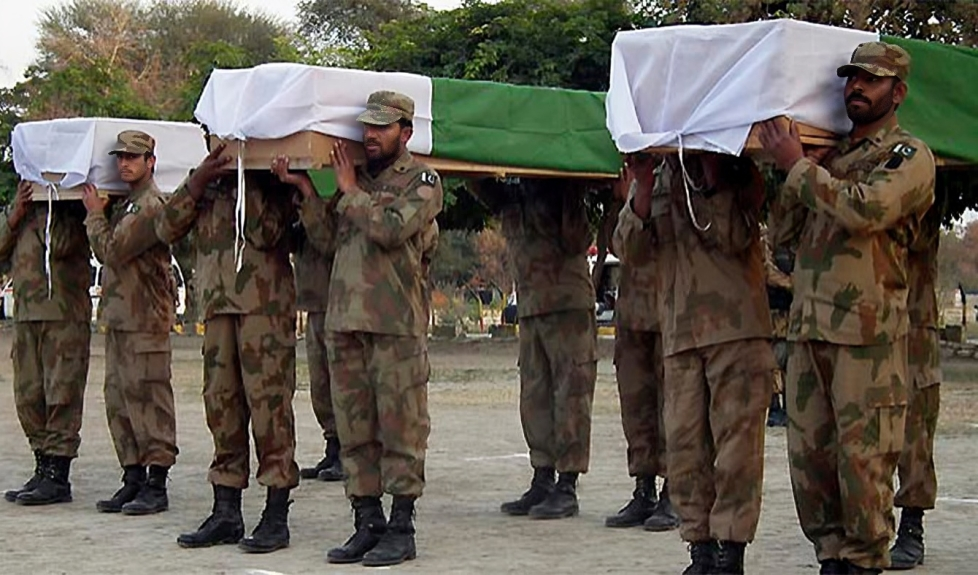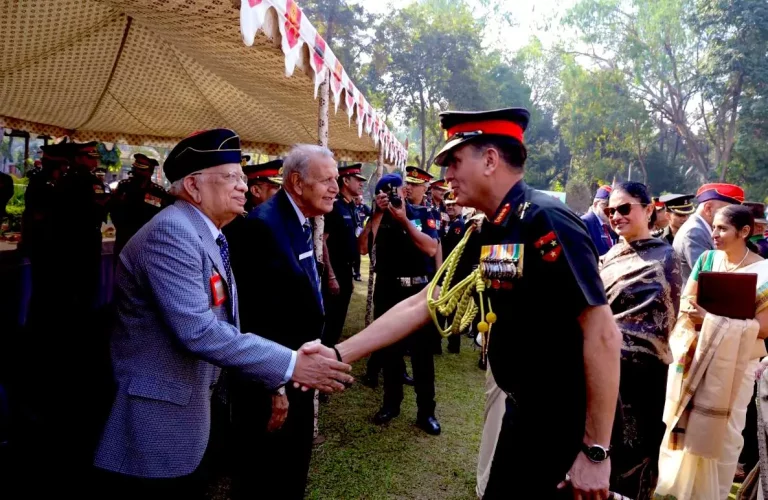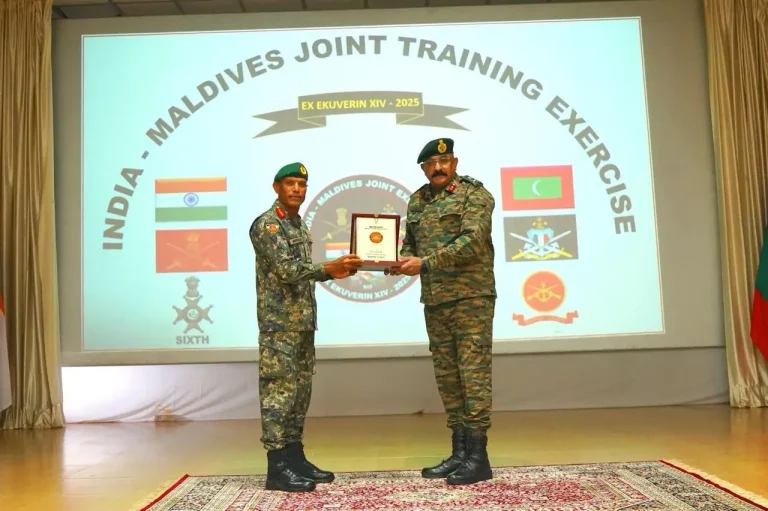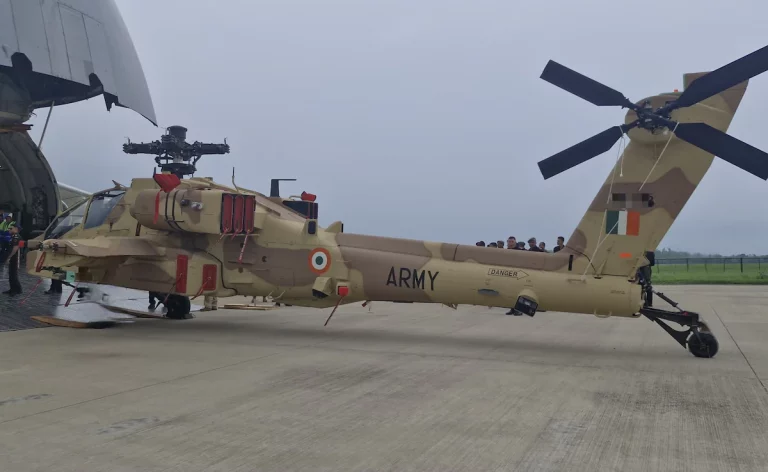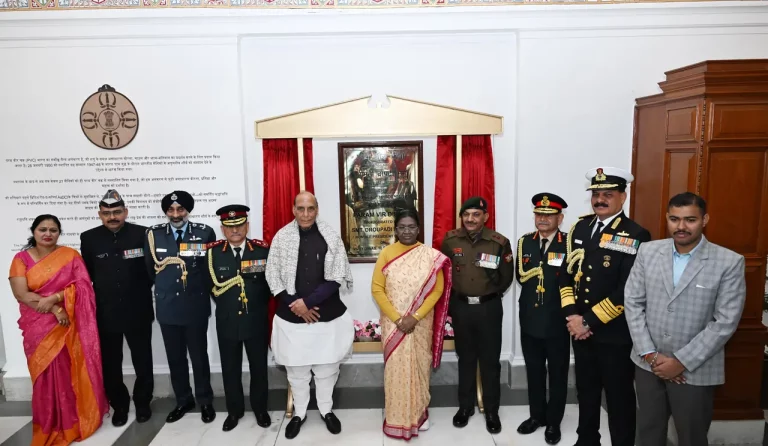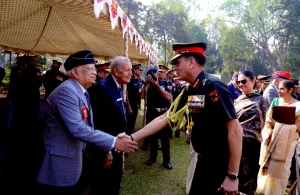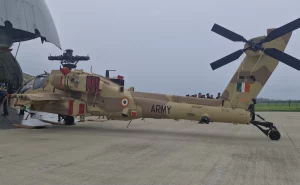In a marked escalation along the Line of Control (LoC), Lieutenant General Rajiv Ghai, the Director General of Military Operations (DGMO) of the Indian Army, announced that at least 35 Pakistani soldiers were killed in a series of targeted operations conducted from May 7 to May 10. This offensive, dubbed Operation Sindoor, is India’s direct military response to a terror attack that occurred on April 22 in Pahalgam, Jammu and Kashmir, resulting in the deaths of 26 civilians, many of whom were tourists.
During a press briefing in New Delhi, Lt Gen Ghai detailed the targeted strikes against nine known terrorist camps located in Pakistan-occupied Jammu and Kashmir (PoJK) and Punjab. Among the critical targets was a stronghold of the Lashkar-e-Taiba (LeT) in Muridke, a city notorious for its links to the planners of the 2008 Mumbai attacks, including figures such as Ajmal Kasab and David Headley.
“The targets were strictly terror-oriented, with no intention of causing civilian casualties,” Lt Gen Ghai asserted, ensuring that the operation was conducted with precision and restraint. Intelligence assessments confirmed that the exchange of fire had led to the reported casualties among Pakistani military personnel.
The intense conflict included a backdrop of sustained artillery shelling and small arms fire across the LoC, particularly following Pakistan’s attempts to launch aerial assaults targeting Indian military installations. “Pakistan made repeated attempts to strike our airfields and ammunition depots, all of which were effectively thwarted,” stated the DGMO, who also noted that assessments of the full scope of Pakistani casualties are still ongoing.
Operation Sindoor was initiated in retaliation for the Pahalgam terror attack, which the Indian government attributed to both domestic militants and foreign operatives under the direction of LeT chief Hafiz Saeed. The Indian military’s response involved a coordinated tri-service operation across the Army, Navy, and Air Force, employing missile strikes and air bombardments against terror hubs in regions like Muzaffarabad, Kotli, Rawalakot, and Bhimber. Utilizing satellite-guided munitions and real-time drone surveillance, the military aimed to ensure maximum impact while minimizing collateral damage.
The ongoing hostilities have also inflicted casualties on civilians. On May 7 in Jammu and Kashmir’s Poonch district, Pakistani shelling resulted in the deaths of 12 Indian civilians, including women and children, along with one soldier. In response, the Indian government has increased security measures across border states, with state governments like West Bengal and Rajasthan coordinating relief efforts for affected populations.
Describing the military actions as “measured, proportionate, and non-escalatory,” India’s Foreign Secretary Vikram Misri highlighted the intent to dismantle terror infrastructure without instigating a wider conflict. “We remain committed to acting responsibly while being prepared to defend our citizens against cross-border terrorism,” he stated.
Political leaders across the spectrum have evoked support for the military, with West Bengal Chief Minister Mamata Banerjee emphasizing the need for unity against terrorism and announcing the mobilization of disaster management teams to assist impacted civilians.
The historical tensions between India and Pakistan, especially surrounding the Kashmir region, have repeatedly flared, reminiscent of conflicts such as the 1999 Kargil War and the post-2019 revocation of Article 370. With both nations holding nuclear capabilities, the ongoing exchanges have drawn apprehensive responses from the international community, calling for restraint and dialogue.
As Operation Sindoor progresses, Indian Armed Forces maintain an elevated state of alert, underscoring their commitment to preventing future terrorist attacks and dismantling the cross-border networks that support them.
